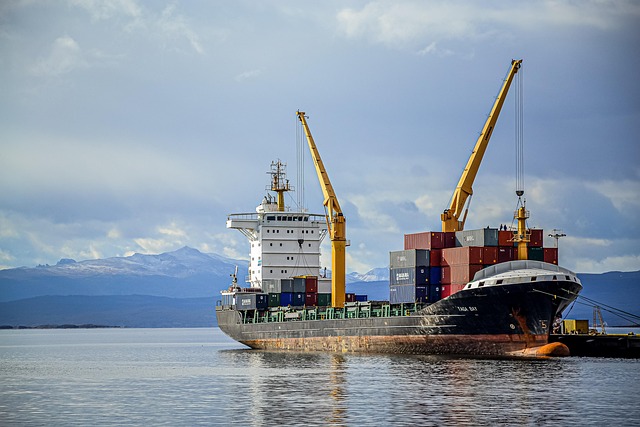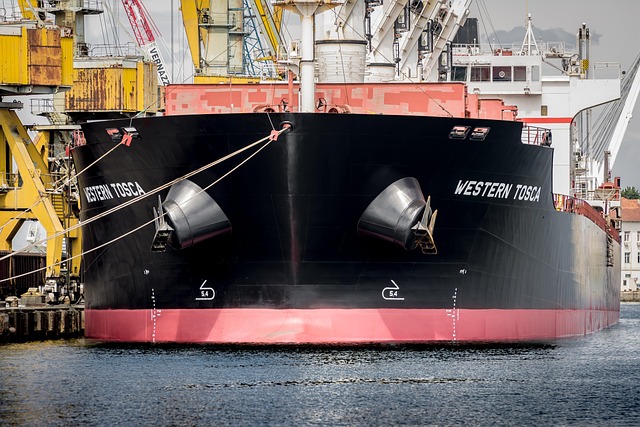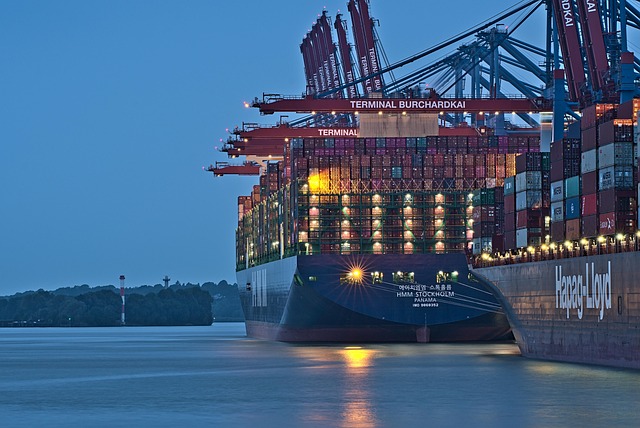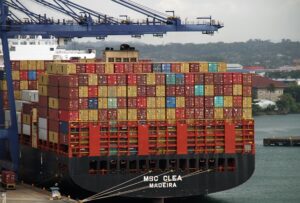Weatherproof shipping containers protect goods from harsh weather with water-tight seals, reinforced structures, and durable materials, adhering to ISO standards. Types include refrigerated, flat rack, high cube, and open top for diverse freight needs. They enhance space utilization and intermodal transport efficiency, with businesses leasing or renting them for perishable goods or long-term storage. Best practices include regular inspections, proper packing, and selecting tailored container types for optimal protection during transit.
In today’s globalized world, reliable shipping is paramount. Among the various challenges, protecting goods from harsh weather conditions during transit is crucial. Enter weatherproof shipping containers—a game-changer in logistics. This article delves into understanding these specialized containers, exploring their benefits for diverse cargo, and providing best practices to ensure maximum protection. By implementing these strategies, businesses can enhance efficiency and minimize weather-related damage, making weatherproof shipping containers a vital asset in the industry.
- Understanding Weatherproof Shipping Containers
- Benefits of Using These Containers for Shipping
- Best Practices for Ensuring Maximum Protection
Understanding Weatherproof Shipping Containers

Weatherproof shipping containers are designed to offer robust protection for goods during transit and storage, especially in harsh weather conditions. These specialized containers are built with specific features that safeguard against elements like rain, snow, wind, and extreme temperatures. By employing water-tight seals, reinforced structures, and weather-resistant materials, they ensure the integrity of cargo within. Whether it’s a sea container, intermodal container, or storage container, each is engineered to meet international standards, often adhering to ISO dimensions and capacities.
Understanding the need for weatherproof protection prompts businesses to opt for container leasing or rental services, especially for perishable goods or those requiring long-term storage. Container shipping has evolved to include various types like refrigerated containers, flat rack containers, high cube containers, and open top containers, catering to diverse freight needs. In addition to protecting cargo, these weatherproof solutions also offer modularity, enabling efficient utilization of space in container depots and easy transport via different modes, such as road, rail, or sea.
Benefits of Using These Containers for Shipping

Using weatherproof shipping containers for transporting goods offers numerous advantages. Firstly, they provide unparalleled protection against the elements, safeguarding cargo from damaging winds, rain, and snow during transit. This is especially crucial for fragile or temperature-sensitive items, ensuring their integrity remains intact. Moreover, these containers are designed to withstand rugged handling, reducing the risk of damage often associated with traditional shipping methods.
They also enhance efficiency in container shipping. Their modular nature allows for seamless integration into intermodal transport systems, enabling smooth transitions between land and sea. This flexibility not only streamlines logistics but also reduces turnaround times at ports. Additionally, weatherproof containers can be leased or rented, providing businesses with a cost-effective solution without the need for long-term investments in their own fleet of freight or cargo containers, including ISO, high cube, refrigerated, or open top containers.
Best Practices for Ensuring Maximum Protection

To ensure maximum protection for goods shipped in weatherproof shipping containers, best practices involve a multi-faceted approach. First, inspect and maintain the container regularly to identify and address any signs of damage or wear. This includes checking seals, locks, and ventilation systems to prevent water intrusion and ensure adequate air circulation, protecting against both moisture and extreme temperatures.
Secondly, properly pack and secure cargo within the container. Use suitable packing materials like wooden pallets, plastic wrap, or specialized padding to cushion fragile items and prevent shifting during transport. Secure heavy objects at the bottom with lighter items stacked above to maintain a balanced load. Additionally, consider specific container types tailored to your needs—refrigerated containers for perishable goods, high cube containers for optimized capacity, or open top containers for oversized cargo—to offer enhanced protection and efficient container shipping solutions.
Weatherproof shipping containers offer a robust solution for safeguarding goods during transit, providing unparalleled protection against harsh weather conditions. By understanding their benefits and implementing best practices, businesses can ensure their products arrive undamaged, enhancing overall supply chain efficiency. Incorporating these resilient containers into shipping strategies is a strategic move that leverages technology to mitigate risks, ultimately leading to cost savings and improved customer satisfaction.
